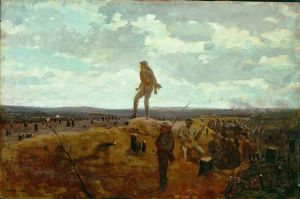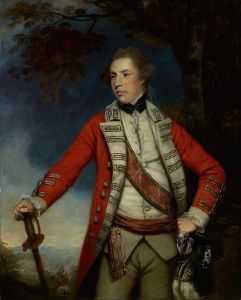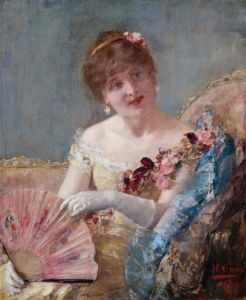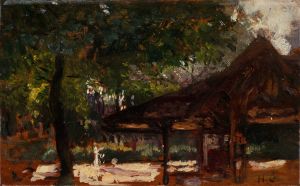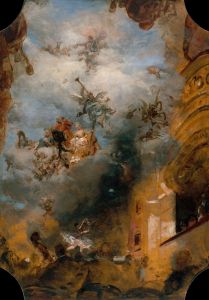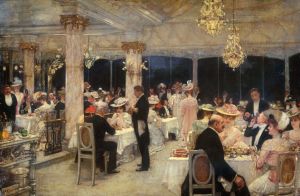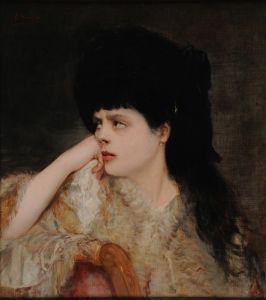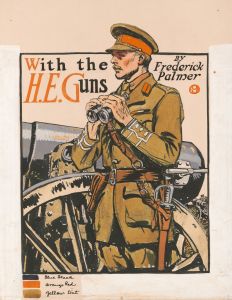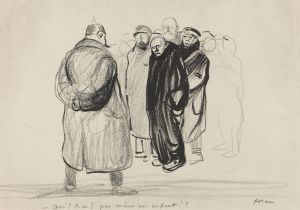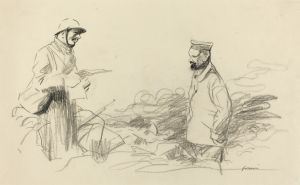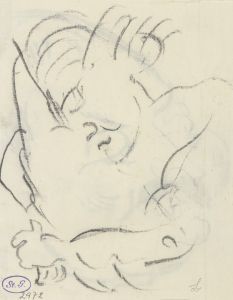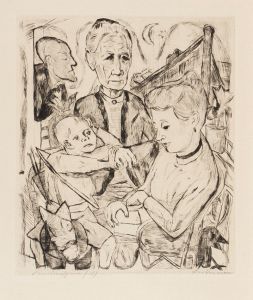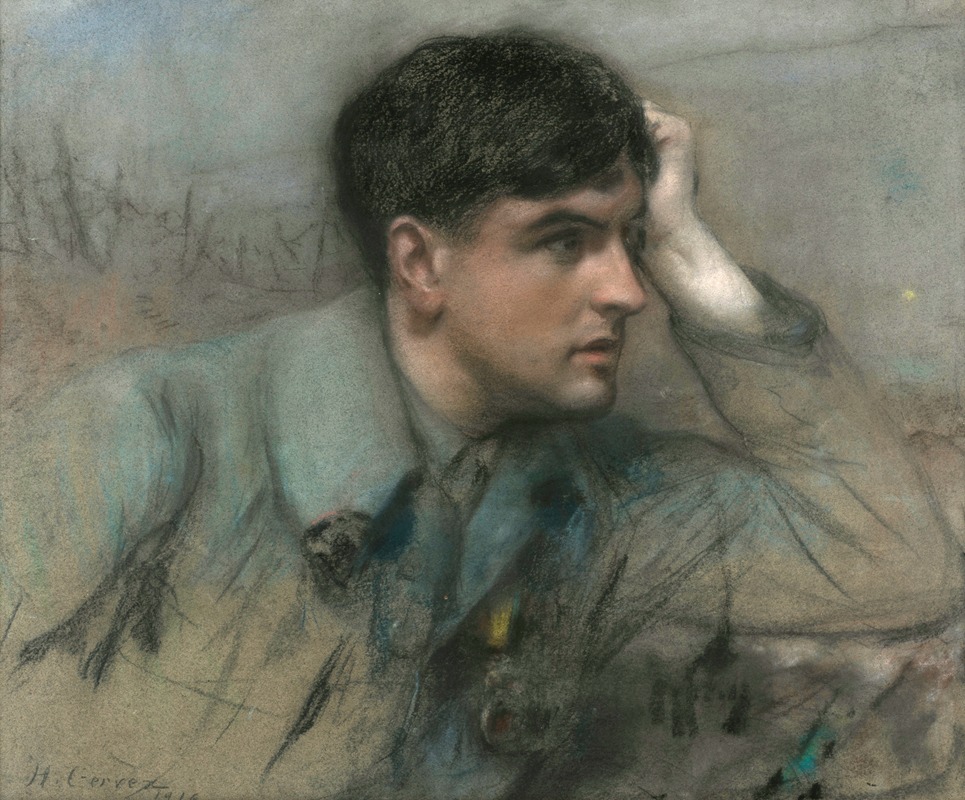
Portrait d’un officier
A hand-painted replica of Henri Gervex’s masterpiece Portrait d’un officier, meticulously crafted by professional artists to capture the true essence of the original. Each piece is created with museum-quality canvas and rare mineral pigments, carefully painted by experienced artists with delicate brushstrokes and rich, layered colors to perfectly recreate the texture of the original artwork. Unlike machine-printed reproductions, this hand-painted version brings the painting to life, infused with the artist’s emotions and skill in every stroke. Whether for personal collection or home decoration, it instantly elevates the artistic atmosphere of any space.
Henri Gervex was a notable French painter, renowned for his contributions to the academic art scene in the late 19th and early 20th centuries. While Gervex is known for several significant works, there is limited specific information available about a painting titled "Portrait d’un officier" by him. Therefore, a detailed description or analysis of this particular work is not feasible without further historical documentation or records.
Henri Gervex was born on December 10, 1852, in Paris, France. He studied under Alexandre Cabanel, a prominent academic painter, and later at the École des Beaux-Arts in Paris. Gervex gained recognition for his skillful technique and his ability to capture the essence of contemporary life, often blending realism with a touch of impressionism.
Gervex's oeuvre includes a variety of subjects, ranging from mythological and historical themes to portraits and genre scenes. One of his most famous works is "Rolla" (1878), which was initially rejected by the Salon due to its controversial subject matter but later became celebrated for its boldness and technical mastery. Another significant painting is "The Coronation of Nicholas II" (1896), which showcases his ability to handle large-scale compositions with numerous figures.
Throughout his career, Gervex received numerous accolades and was a regular exhibitor at the Paris Salon. He was awarded the Legion of Honor in 1878 and became an officer of the order in 1889. His works were not only popular in France but also gained international attention, contributing to his reputation as a leading artist of his time.
Gervex's portraits often depicted members of the bourgeoisie and notable figures of his era, capturing the fashion and social dynamics of the time. His ability to portray the character and status of his subjects with precision and elegance made him a sought-after portraitist.
Despite the lack of specific information on "Portrait d’un officier," it can be inferred that, like many of his portraits, it would have demonstrated Gervex's keen eye for detail and his adeptness at rendering the textures of fabrics and the subtleties of human expression. His portraits typically reflect the social and cultural milieu of the late 19th century, offering insights into the personalities and societal roles of his subjects.
Henri Gervex passed away on June 7, 1929, in Paris, leaving behind a legacy of influential works that continue to be studied and appreciated for their artistic merit and historical significance. His contributions to the art world remain a testament to his skill and vision as a painter.





